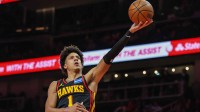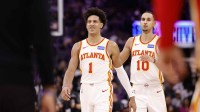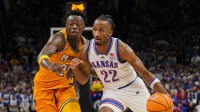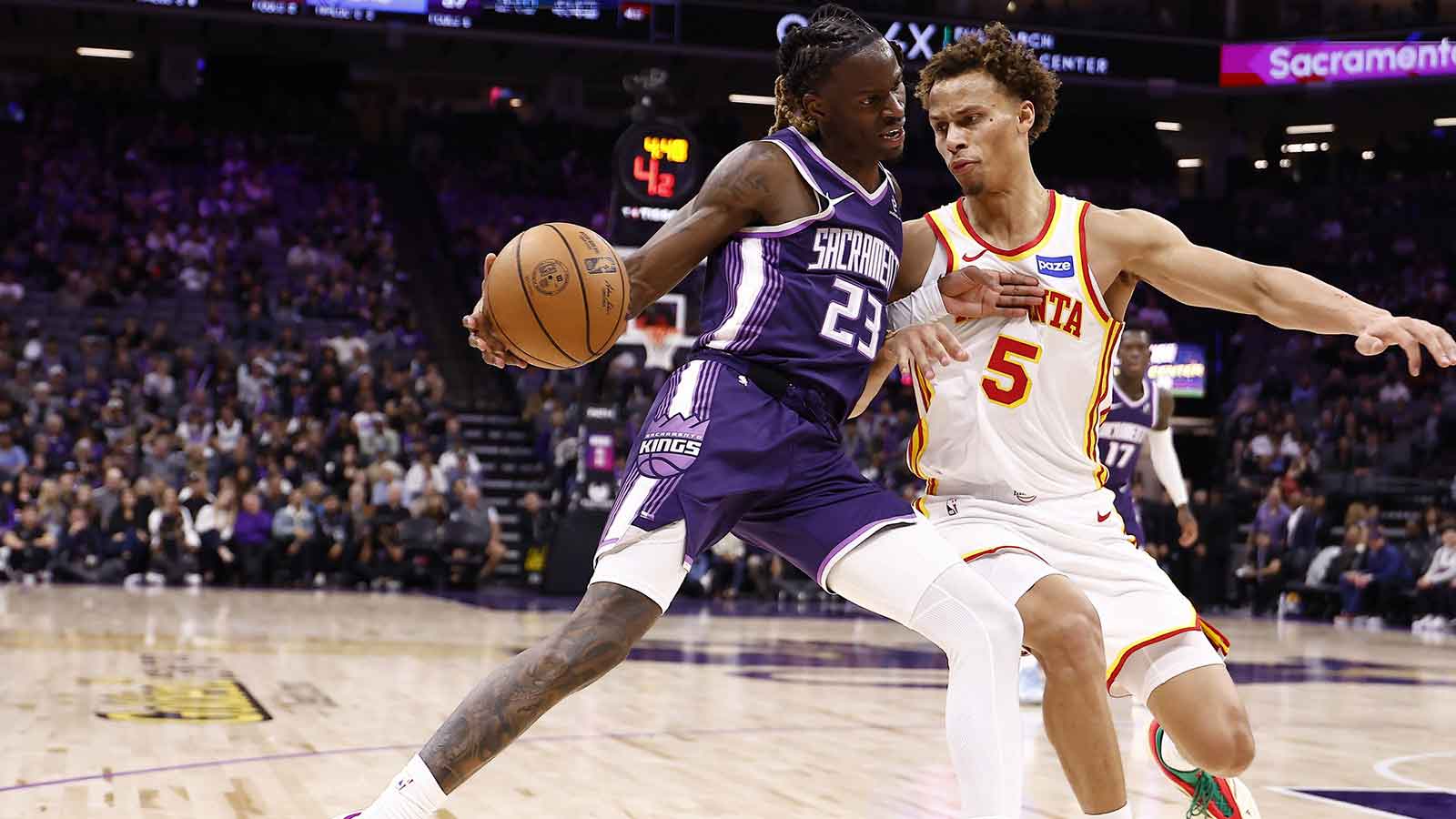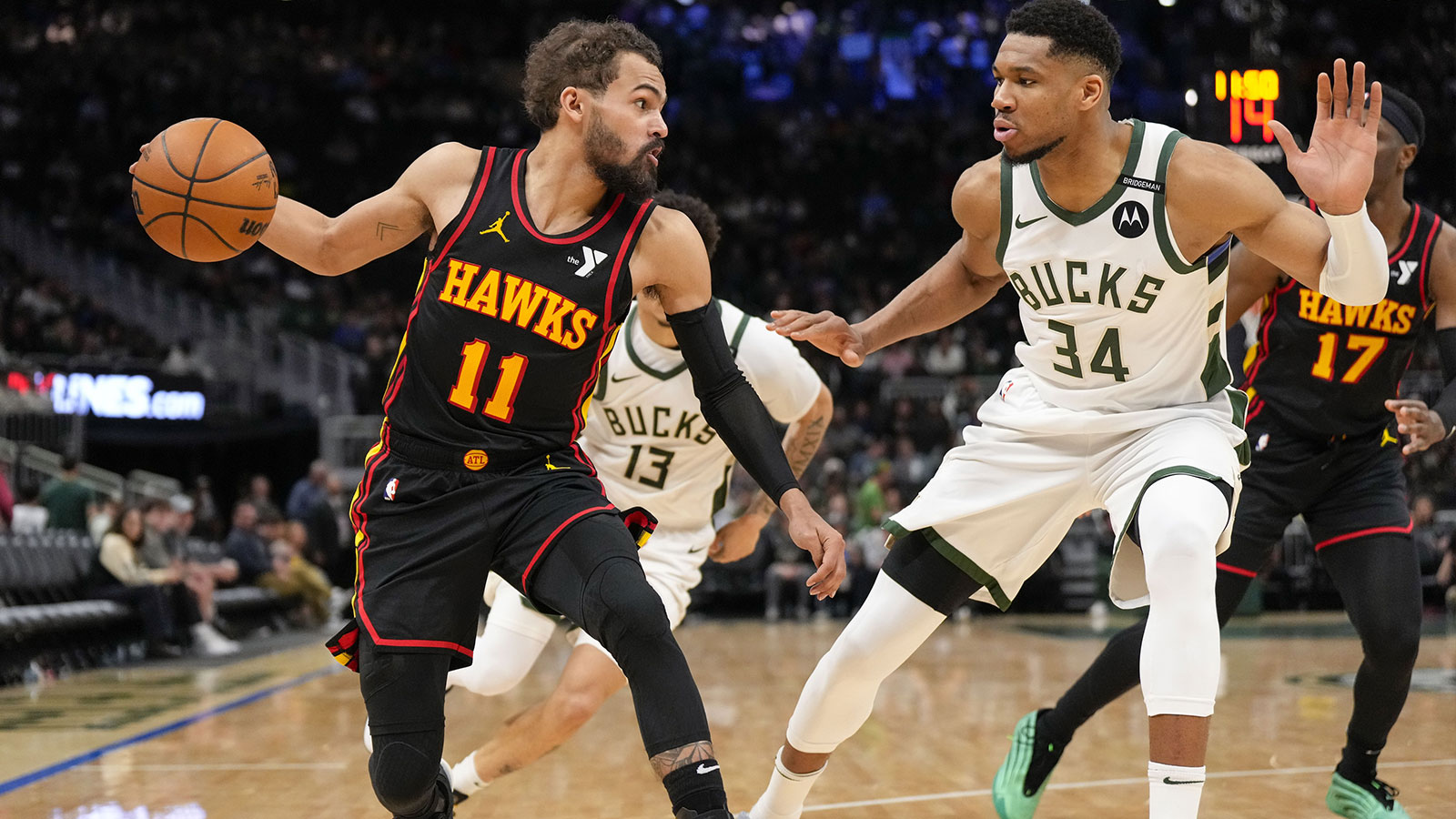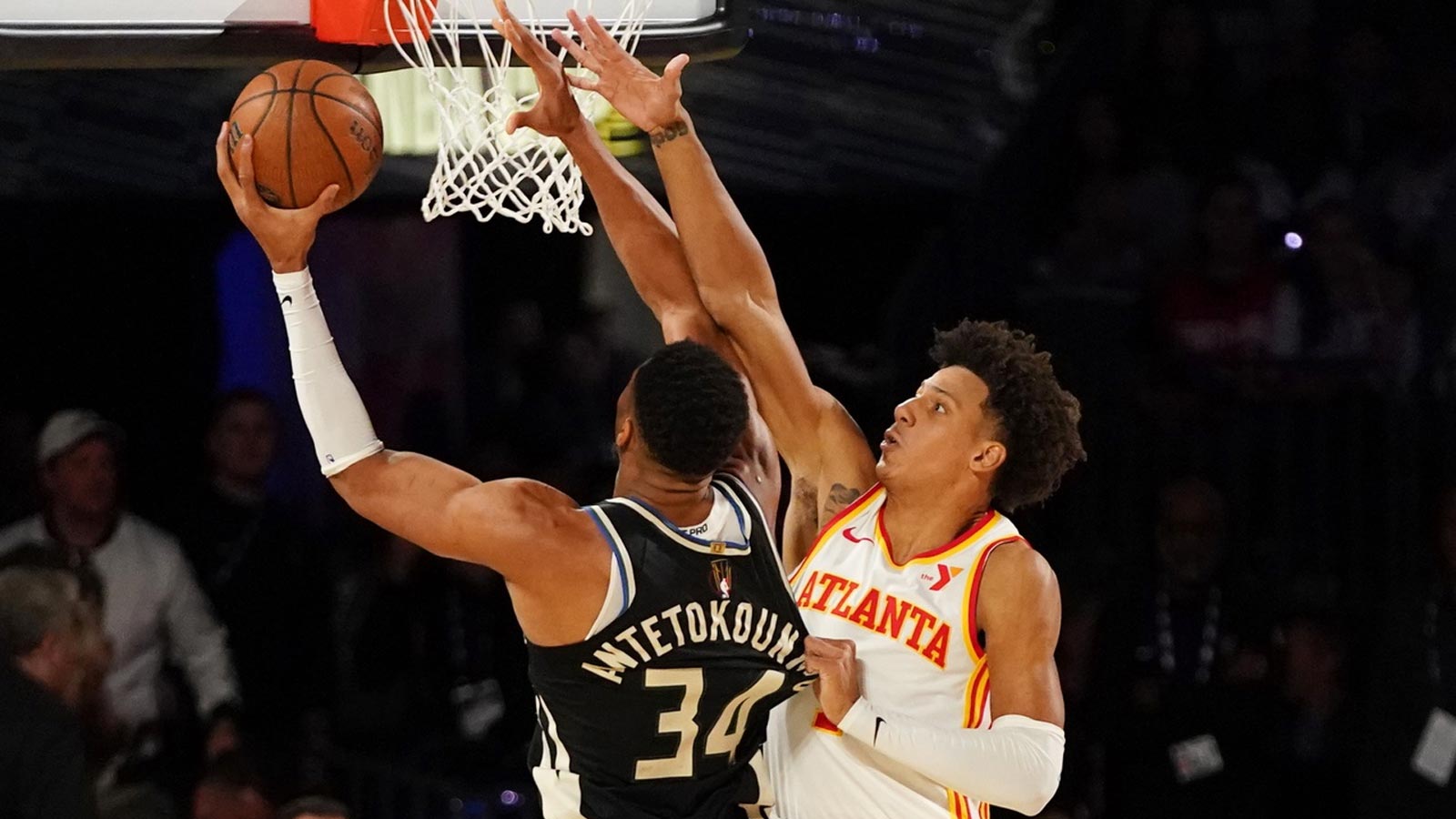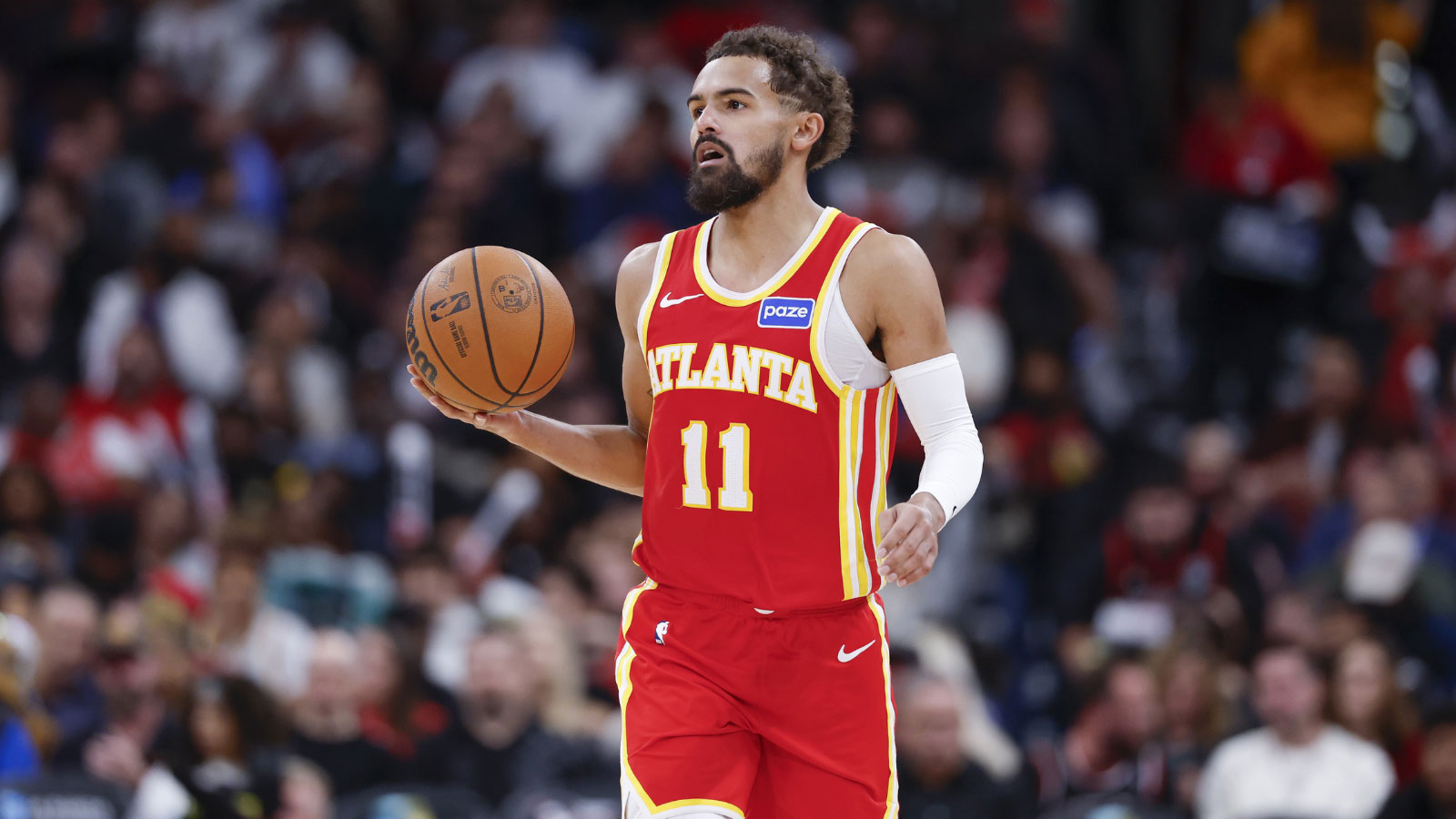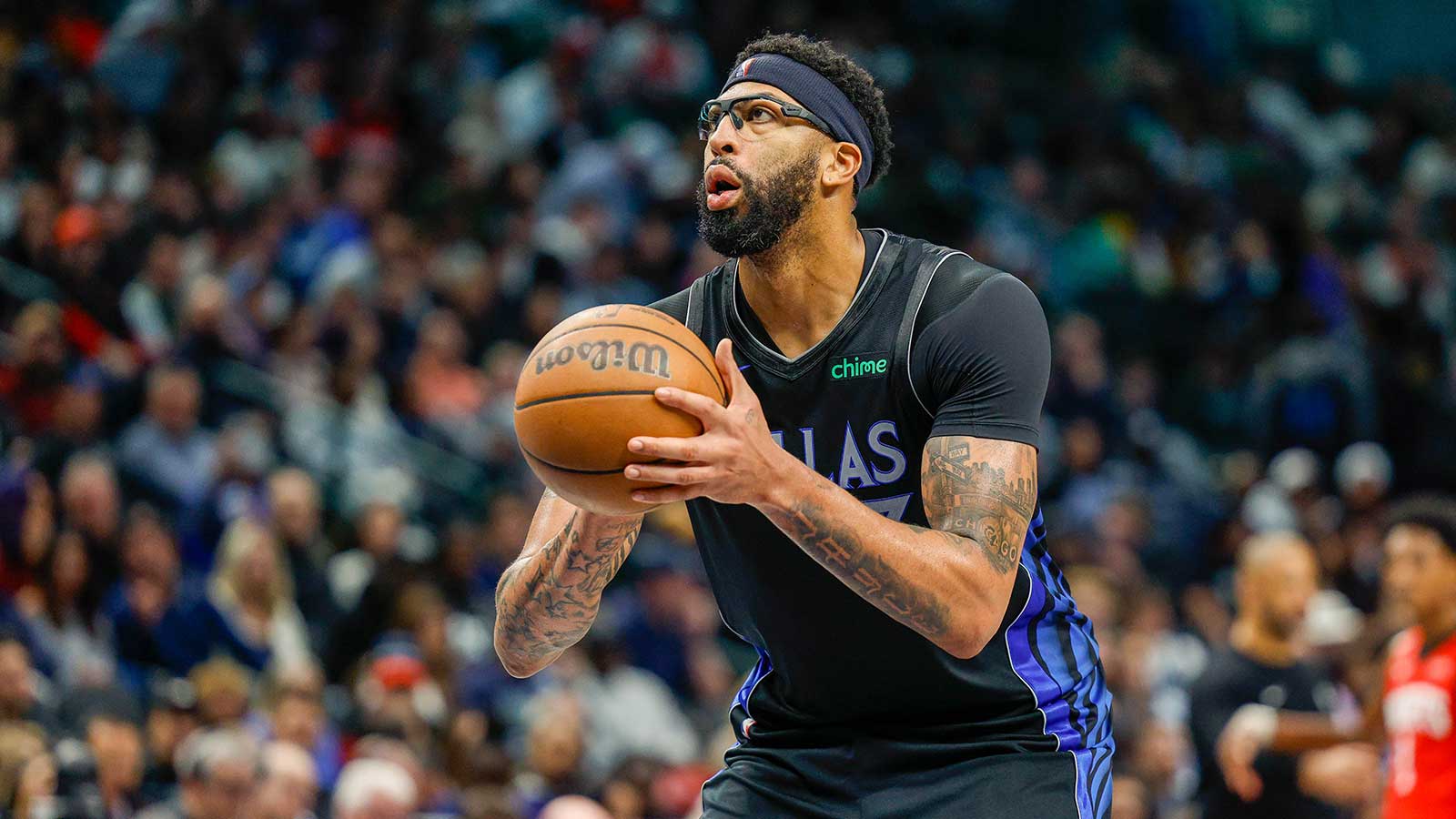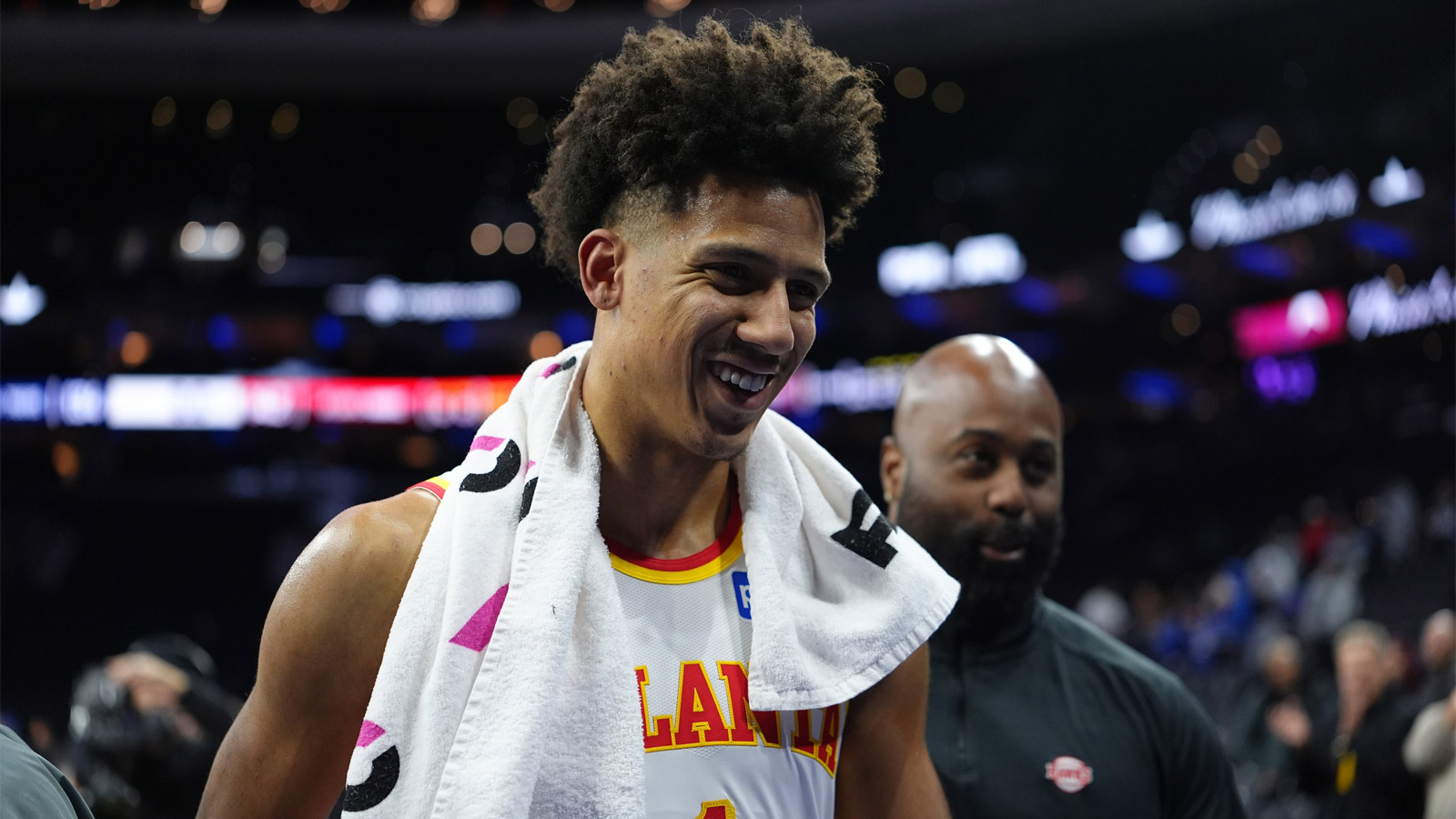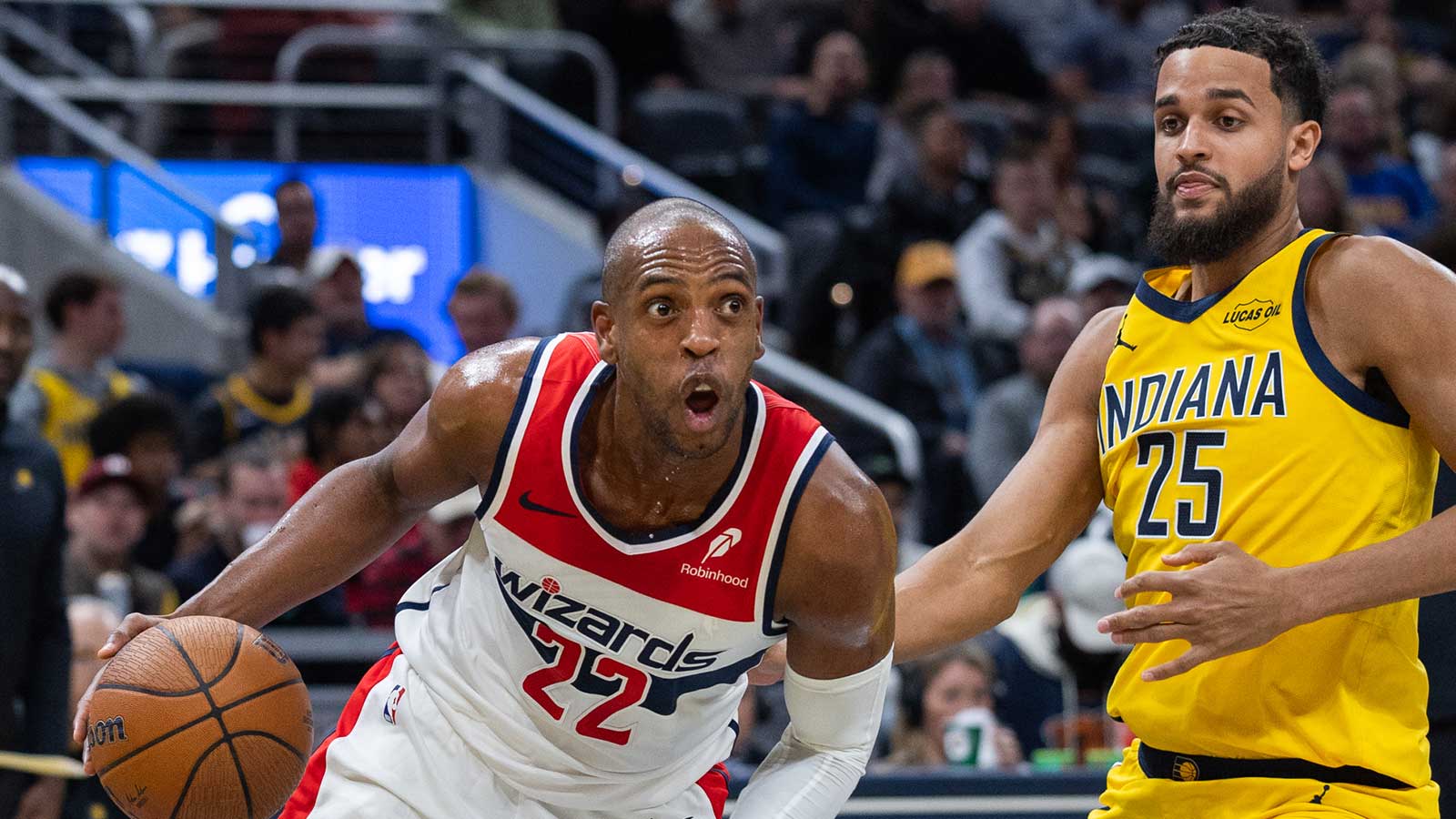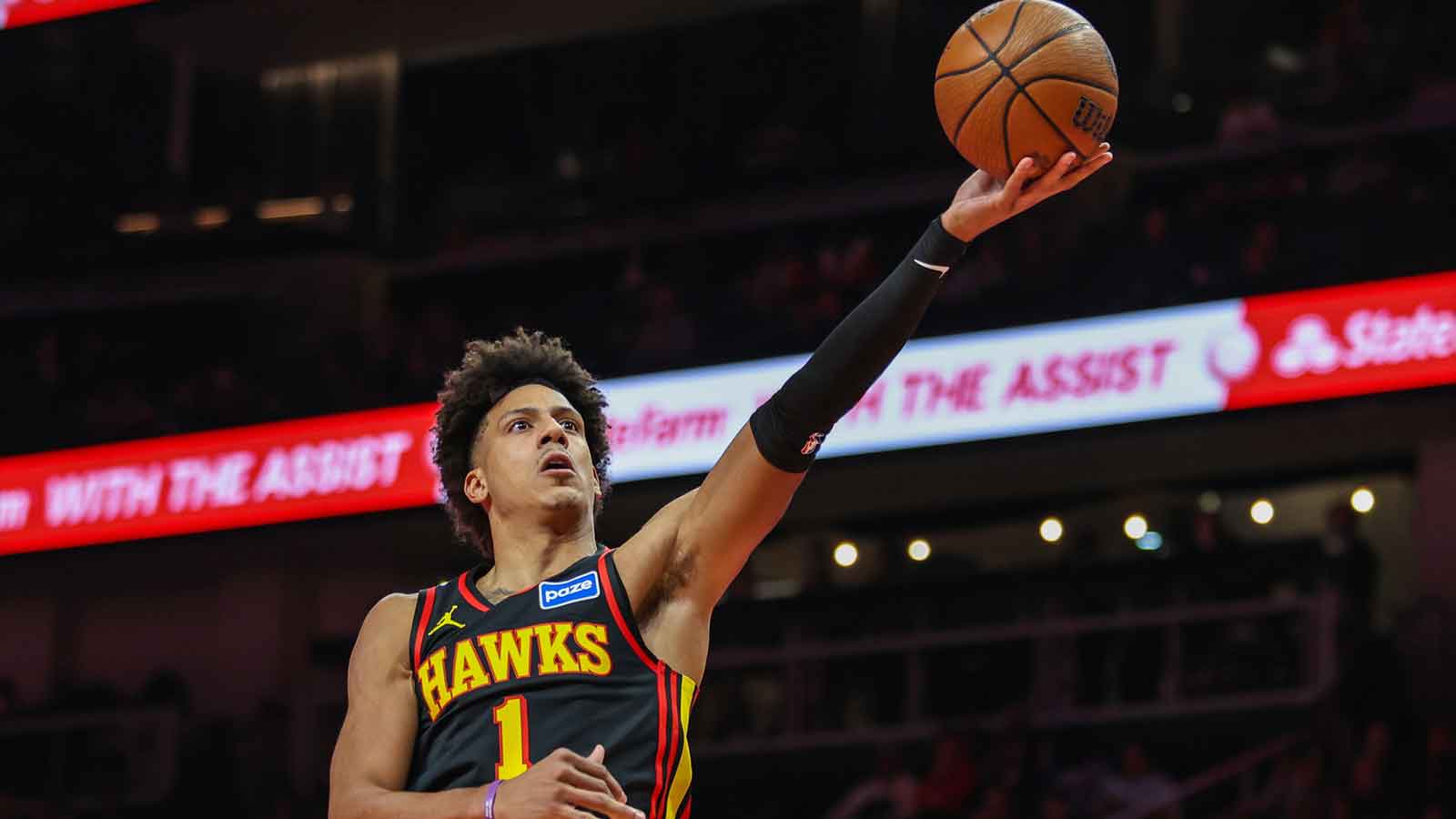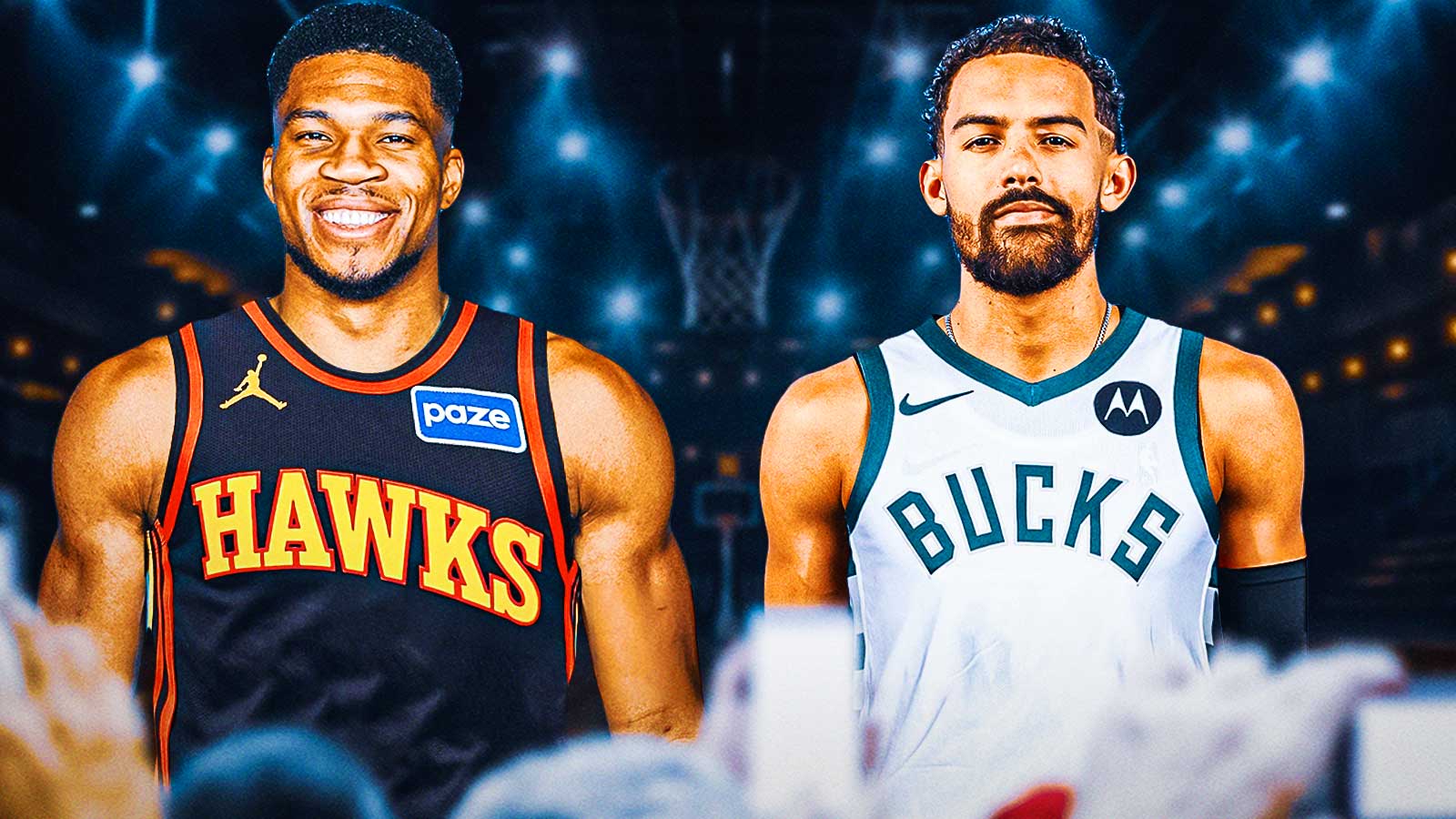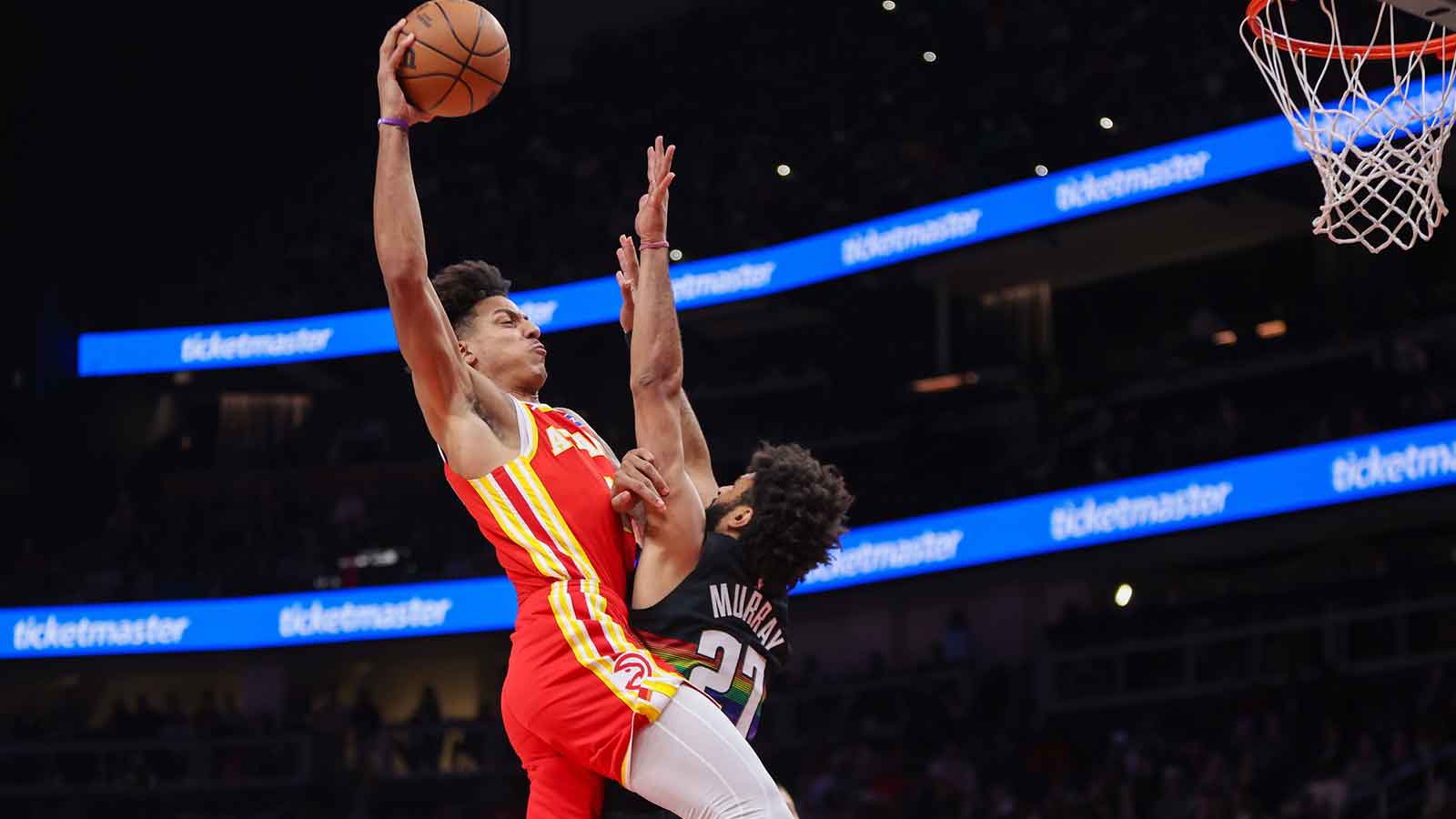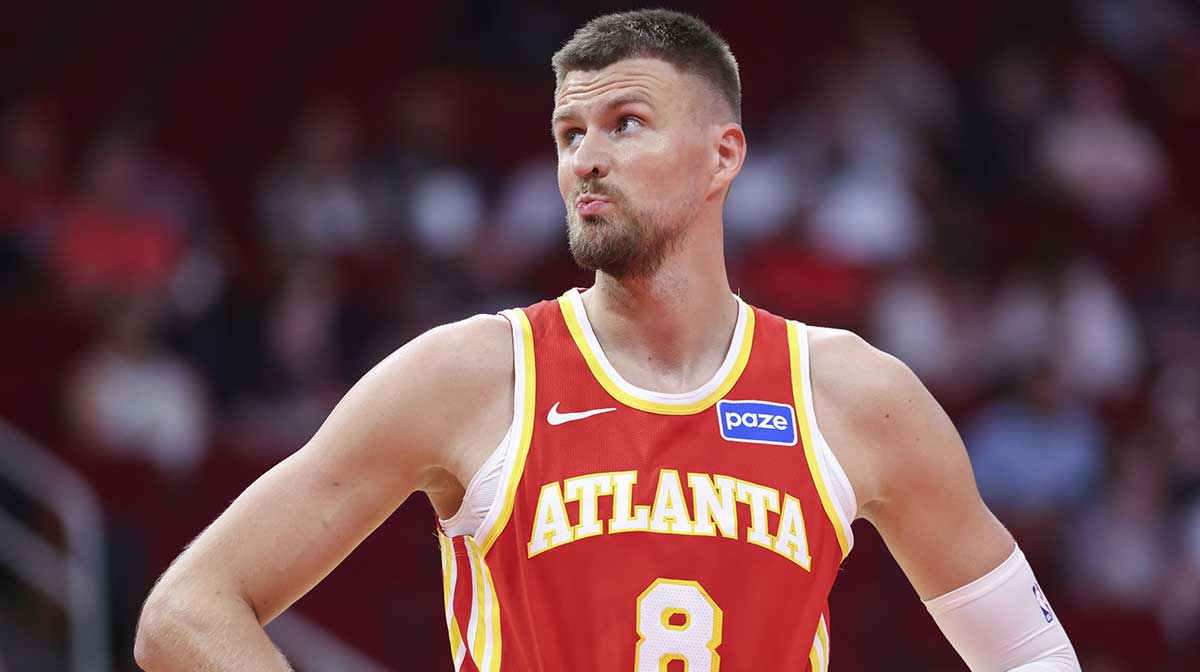The Atlanta Hawks have undergone a remarkable transformation in just over a year. The 2025 offseason only added more fuel to the fire. The Hawks signed Kristaps Porziņģis, Nickeil Alexander-Walker, and Luke Kennard in free agency, adding much-needed floor spacing, rim protection, and versatile depth to a team that once relied too heavily on Trae Young’s creation. In just two summers, Atlanta turned from a perennial play-in candidate into a franchise viewed across the league as a potential Eastern Conference disruptor. They even still hold three open roster spots, an intentional decision that preserves flexibility for in-season upgrades.
Yet, even with this new foundation, the Hawks are far from finished. The East may be weakened due to injuries to Jayson Tatum and Tyrese Haliburton compared to the brutal Western Conference, but championship aspirations demand more than talent accumulation. They demand cohesion, balance, and depth that can withstand the attrition of an 82-game season and playoff battles. For Atlanta, that means exploring the trade market to shore up gaps and give Trae Young, who remains their franchise engine, the reinforcements he needs to thrive. It also means rewarding Young with the contract extension he deserves, ensuring stability at the top before the team makes aggressive moves elsewhere.
With that context in mind, there are three trade targets worth keeping an eye on as the 2025-26 season unfolds. Each represents a different kind of value, and each could help push the Hawks further along the path from promising upstart to legitimate contender.
Cam Payne: A veteran floor general to stabilize the 2nd unit
One of Atlanta’s biggest strengths heading into this season is its youth movement. Risacher, Daniels, and Onyeka Okongwu all represent long-term building blocks, while Porziņģis (if healthy) provides scoring and size to balance the rotation. But youth also comes with volatility, especially when it comes to backcourt playmaking. This is where a veteran presence like Cam Payne could make all the difference.
Cameron Payne really almost had a 30&10 in the western conference finals
29 PTS
9 AST
12-24I miss my guy in the Valley pic.twitter.com/CAGTFmgQYe
— 𝘿𝙊𝙈 (@DatGuyDominixk) August 9, 2025
Payne has carved out a career as a reliable spark plug guard, the kind of player who doesn’t need to dominate possessions but can steady a team when the starters rest. During his time in Phoenix, he thrived in a bench role alongside Devin Booker and Chris Paul, offering both ball-handling and scoring punch. Atlanta’s second unit, while filled with energetic young guards like Daniels and Keaton Wallace, lacks a veteran who can run the offense cleanly when Trae Young sits. Payne’s ability to organize pick-and-roll actions, hit timely threes, and keep the tempo consistent could make him an invaluable addition.
For Trae Young in particular, having a guard like Payne means less burden to stagger minutes constantly. Too often, Atlanta has asked Trae to carry both the starting unit and patch up bench lineups, leading to overuse and eventual fatigue. Payne provides the kind of stability that would allow Quin Snyder to better manage rotations and keep the Hawks’ offense humming.
In a season where Atlanta is trying to balance player development with a genuine push in the East, adding Payne through a trade could be one of those small but crucial moves that elevate the team’s floor. He won’t cost significant draft capital or long-term salary, but his presence would address a need that has haunted Atlanta in years past.
Dalano Banton: Size, defense, and untapped playmaking potential
If Payne represents veteran stability, Dalano Banton offers the opposite: upside and versatility. At 6-foot-7, Banton is an oversized guard whose defensive tools make him an intriguing fit in today’s switch-heavy NBA. While his offensive consistency has been spotty, flashes of playmaking and transition speed show why multiple teams have been intrigued by him.
Dalano Banton showing some agility on this and-one bucket! 💪
live now on NBA TV pic.twitter.com/VSmGaMOpAR
— NBA (@NBA) October 9, 2022
For the Hawks, who already have smaller guards in Trae and Kennard, Banton represents the chance to add a different look in the backcourt. His size would allow Atlanta to defend bigger guards and wings without constantly overextending Dyson Daniels. Offensively, Banton thrives when playing with pace, exactly the style a team featuring Young and Porziņģis should lean into when their shooting is spaced across the floor.
Perhaps the most compelling reason to pursue Banton is cost. He would be a low-risk trade candidate, likely available for a second-round pick or as part of a salary-balancing deal. For a team like Atlanta, which is carefully holding onto its premium draft assets for bigger moves, this kind of acquisition could be the perfect middle ground. Banton could either develop into a useful rotation player or serve as a depth piece in a playoff push.
His presence would also relieve Daniels of having to guard the toughest matchups every night. A backcourt rotation that mixes Young’s offensive genius with Daniels’ defensive IQ and Banton’s size would give Snyder far more lineup flexibility. It would also give Atlanta the defensive-minded guard they have lacked since the departure of Dejounte Murray.
Precious Achiuwa: Frontcourt depth and defensive insurance
The Hawks’ offseason additions addressed many weaknesses, but one area remains vulnerable: frontcourt depth. Porziņģis brings elite shot-blocking and floor spacing, but his injury history is well-documented. Okongwu remains a strong defensive presence, but he isn’t a natural offensive focal point. Jalen Johnson continues to develop, but asking him to anchor bench units may be too much, too soon.
This is where Precious Achiuwa enters the conversation. Achiuwa has built a reputation as a versatile defender capable of switching onto guards, protecting the rim, and providing energy plays on both ends. While not a polished scorer, he fits the mold of a modern utility big man who thrives in complementary roles. For Atlanta, he would provide the kind of insurance that allows them to survive stretches where Porziņģis or Okongwu miss time.
Precious Achiuwa summer violence 😤
(📽️:IG:BehindthescenesTX) pic.twitter.com/NCyPvn4y5M
— New York Basketball (@NBA_NewYork) July 22, 2025
Achiuwa's mobility also makes him a fascinating fit next to Atlanta’s shooting-heavy lineups. In small-ball looks, he could play center next to Johnson, giving the Hawks speed and defensive versatility without sacrificing too much rebounding. In traditional lineups, he could slide into the backup 4 role, keeping the paint protected while still allowing Atlanta to run in transition.
Acquiring Achiuwa would not require mortgaging future assets either. Like Banton, he is the type of player available at a reasonable cost, and his skill set addresses an immediate need for this Hawks roster. In the Eastern Conference, where teams like Milwaukee and Boston boast versatile frontcourts, having an extra defensive-minded big could be the difference between advancing or bowing out early.
Securing Trae Young’s future
The Hawks’ rise from play-in disappointment to Eastern Conference sleeper is one of the most intriguing storylines of the past two years. But for all their progress, the next steps matter most. Keeping Trae Young happy and committed is priority number one, and that begins with the extension he has more than earned. Trae remains the engine of this team, the player who makes everyone around him better. Rewarding his loyalty and production will send a message not only to him but to the entire league: the Hawks are serious about winning.
From there, it’s about smart in-season moves. Cam Payne brings veteran poise, Dalano Banton offers size and upside, and Precious Achiuwa provides defensive depth. None of these players alone would push Atlanta to contender status, but collectively, they represent the kind of calculated upgrades that turn a promising team into a dangerous one. In a weakened East, that might be all the Hawks need.
The Hawks are no longer a team trying to escape mediocrity. They are a franchise on the rise, one bold move away from announcing themselves as contenders. This season will reveal whether they take that step.


